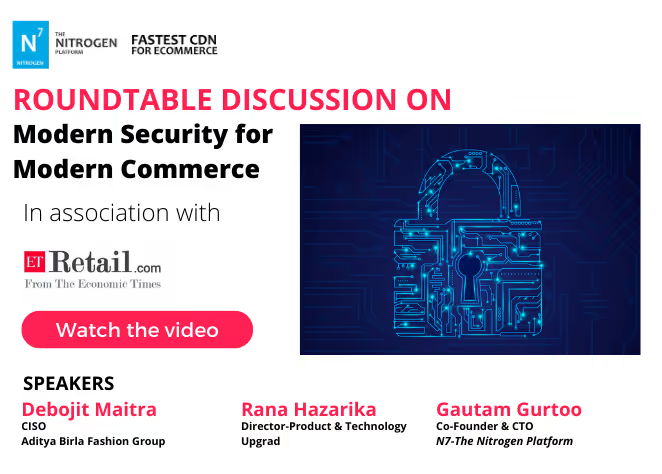The State of Web Performance in 2025

The last few years have seen tremendous innovation to improve performance, security, and user experience. The below chart illustrates the impact innovations had to enhance user experience on a website over the years.

As one would expect, innovation in this space went through a typical cycle of providing a considerable boost, and then it plateaued out as the web grew richer in functionality.
Network and Caching: Past Success, Present Limits
Let us take the example of Network & Caching optimization. Though it provided a considerable performance boost in the late nineties, its impact in improving the speed and user experience has reduced over time. With more powerful servers and better global network connectivity, the current typical user journey spends not more than 10% of the time on the network layer. It is clear that effort is required on the browser side to improve the parsing & rendering & that’s where the next innovation by way of Front-End Optimization (FEO) came along.

Front-End Optimization (FEO): Shifting the Focus
Page and DOM Optimization revealed the shortcomings of FEO, which was still targeting sub-assets of a page, i.e., CSS, Image, etc. but was not looking at the page holistically & creating techniques to improve performance. Vendors like Yottaa & Nitrogen demonstrated how these innovations could provide out of the box improvements. A sophisticated AI module at this layer can even enhance the original bad-performant page code.
Commerce Experience Optimization: A New Frontier
We have also started to see feature-sets like Instant Product Catalog (IPC) that I categorize as commerce experience optimization. These provide a domain-specific innovation. IPC targets the user experience of landing pages like category pages by providing instant filtering, searchability, etc., of the category pages, thereby improving the likelihood of a customer finding the right product quicker. Even a small reduction in time to find the desired products has resulted in a huge revenue boost for retailers.
The Performance Measurement Challenge
But can these innovations bring about a significant shift?
One of the more prominent issues is the lack of industry agreement on quantitative metrics to measure the gain these innovative techniques brought about. Most companies are still talking in terms of network latency and Time To First Byte (TTFB). Fortunately, Google has come out with a new way of measuring performance and is using the following:

Hopefully, it will lead to better tracking & thereby broader adoption for the newer innovation techniques.
Changing Website Performance Vendor Landscape
The current vendor landscape has gone about tremendous changes, and we see traditional hardware and network-heavy vendors competing with the newer entrants at the application optimization level. Vendors like Nitrogen provide tremendous value-add to the consumer perceived performance of the web site; however, they continuously face the challenge of educating the clients and quantifying the gains. Most of the RFPs are still not evaluating vendors on newer innovations. The scenario is slowly changing, with the new year lining up to be an exciting year for this space.
.png)
Want to learn more about your website performance and how to optimize your commerce experience? You can talk to our experts to know more.
FAQs
How do you measure web performance?
You can measure web performance using key metrics like LCP, INP, CLS, TTFB, and more, captured through tools like Google Lighthouse, Search Console, and real-user monitoring systems. At N7, we use our in-house Real Digital Experience Monitor (RDX) tool to capture real-time performance insights across actual devices, geographies, and sessions
How has AI improved web performance in recent years?
AI now enables predictive loading, intelligent asset prioritization, and automated testing. At N7, we leverage AI to detect usage patterns, optimize when and how content is delivered, and proactively surface slow-loading components before they affect experience.
How does media optimization affect web performance?
Media, especially images and video, is often the biggest drag on speed. Optimizing format (WebP, AVIF), compression, and lazy loading dramatically improves load times. N7 Digital Experience Accelerator (DXA) automates media optimization at scale, adapting delivery based on user context in real time.
What’s the difference between backend and frontend performance optimization?
Backend optimization ensures servers, APIs, and databases respond quickly. Frontend optimization improves what users see—faster page loads, smoother interactions, and minimal layout shifts. At N7, we bridge both through full-stack accelerators like CDN, Digital Experience Accelerator (DXA) and Search Engine Rank Accelerator (SERA) that tackle performance holistically—from server to screen.

.png)



.jpg)